The K20 Pro is the flagship model in Chinese manufacturer Xiaomi’s budget-friendly Redmi line of smartphones. And looking at the Xiaomi Redmi K20 Pro’s product sheet, it indeed comes with most of the headline specs of a true flagship, including a 6.39-inch FHD+ AMOLED display, a Qualcomm Snapdragon 855 chipset, and a motorized popup selfie camera—and all this at a significantly lower price point than comparable models from most competitors.
The main camera uses a triple-lens setup with a 48Mp Quad-Bayer sensor in the primary module, an 8Mp tele-module with a 53mm-equivalent focal length lens, and a 13Mp ultra-wide lens that according to the spec sheet, provides a 12mm field of view (but which in our measurements comes out as a slightly more narrow 15mm).
Key camera specifications:
- Triple-camera setup
- Primary: 48Mp 1/2″ Quad-Bayer sensor (12Mp output resolution), 26mm-equivalent f/1.75-aperture lens, PDAF and laser AF
- Tele: 8Mp 1/4″ sensor, 53mm-equivalent f/2.4-aperture lens, laser AF
- Ultra-wide: 13Mp 1/3″ sensor, 12mm (15mm with distortion correction which is enabled by default) f/2.4-aperture lens
- Dual-LED flash
- 2160p at 60fps video (1080p at 30fps at default settings)
Please note: Our test device is labeled as a Xiaomi Redmi K20 Pro on the device body and packaging. However, in both the Android settings and in the camera EXIF data, the device name is listed as Xiaomi Mi 9T Pro, thus indicating that both phones are identical.
About DXOMARK Camera tests: For scoring and analysis in our smartphone camera reviews, DXOMARK engineers capture and evaluate over 1600 test images and more than 2 hours of video both in controlled lab environments and in natural indoor and outdoor scenes, using the camera’s default settings. This article is designed to highlight the most important results of our testing. For more information about the DXOMARK Camera test protocol, click here. More details on how we score smartphone cameras are available here.
Test summary


With an overall DXOMARK Camera score of 102, the Xiaomi Redmi K20 Pro does not make it into the top ten of our ranking, but achieves a respectable score for a device in its price bracket. The Photo score of 108 is based on a solid performance across all test categories, without any glaring weaknesses. In general, the camera is capable of producing images with good exposure and a good texture/noise balance in most situations. However, limited dynamic range and visible color casts in some conditions slightly negate the overall positive picture.
The K20 Pro usually delivers consistently accurate target exposure in most situations. When shooting in low-light conditions exposure, is still good at 20 lux but underexposure becomes quite noticeable in very dim light at 5 lux. The device’s main limitation in terms of exposure is dynamic range, though. In very challenging high-contrast scenes, such as the one below, K20 Pro images show more highlight and shadow clipping than many competitors, including Xiaomi’s own Mi 9 flagship.
The device’s color rendering is generally good in bright outdoor conditions as well as indoors. However, occasionally a pink color cast is quite noticeable, especially in outdoor shots, and images can be slightly undersaturated when shooting in low light. Our testers also observed color shading in all lighting conditions, with one or more corners of the frame showing a slight pink tint. However, the latter is not very noticeable in most instances.
The K20 Pro’s autofocus system performs well in all conditions. It locks on quickly and accurately in all light conditions, after both short and long delays after unfocusing the camera. This said, some failures and instabilities in indoor conditions caused a slight reduction of the Autofocus score.
In terms of detail and noise, the K20 Pro strikes a good balance, but there is room for improvement in both areas. Images show good detail but are noticeably oversharpened, resulting in a number of artifacts, including aliasing and ringing, and sometimes unnatural texture rendering—on vegetation, for example.

Image noise is generally very well controlled in low-light scenes, where the camera still manages to maintain decent detail as well. Noise can be quite visible in shadow areas of high-contrast images, however—for example, there is fairly strong luminance noise on the underside of the bridge in the samples below. Both the Mi 9 and the iPhone control it better in this scene than the Redmi.
A number of image artifacts reduce the Redmi’s Artifacts score. We’ve already mentioned ringing and aliasing above; the strong sharpening the Redmi applies to its images can also result in a very noticeable moiré effect, as you can see in the sample below. Our testers also observed a loss of detail across the frame in some low-contrast textures.
When shooting in low light, the K20 Pro controls noise very well and overall does fairly well in our new Night test category. When shooting in flash-auto, mode the flash usually triggers for portrait shots when the subject is not illuminated by a light source. This results in fairly good detail on the subject, as you can see in the samples below, but not quite at the same level as the Honor 20 Pro.
When flash does not trigger, more detail is visible in the background and the camera maintains a pretty good noise/detail balance.
With the flash switched off, target exposure can be slightly low, but detail retention is pretty good and color rendering remains pleasant. The K20 Pro comes with a Night mode, but out testers did not find it to be an improvement over standard mode in low light. Night mode images often showed strong underexposures on portrait subjects, and in landscape shots, the difference was not significant enough to make it worthwhile.
The K20 Pro delivers an average zoom performance. The camera’s tele-module comes with a smaller and lower-resolution sensor than the Mi 9, so the K20 Pro results show a drop-off in detail at a short-range 2x zoom-distance. The iPhone XS Max also renders better textures than the Redmi.
Zoom images also show fairly strong ringing as well as some noise. Our testers also observed instabilities in terms of texture rendering across a series of zoom shots. Loss of detail and noise both become more noticeable as the zoom factor increases.
The Redmi’s ultra-wide camera leaves some room for improvement as well. The lens covers a 12mm-equivalent field of view but at default settings distortion correction is enabled which slightly crops the image in order to reduce distortion, corner softness, and other artifacts. This means means the effective field of view is 15mm. Still, the K20 Pro’s ultra-wide is very slightly wider than the Mi 9 or the Honor 20 Pro at 16mm.
Despite some correction, distortion and anamorphosis (deformation of faces close to the edge of the frame) are still stronger than on the comparison devices, and we also observed pretty strong chromatic aberrations in some ultra-wide images. On the plus side, the ultra-wide camera delivers generally good color and exposure; this said, sometimes images can be undersaturated or show a lack of dynamic range.
The Redmi K20 Pro is capable of achieving decent results in bokeh mode. Subject isolation is fairly good, with only minor inacurracies around the foreground subject, and the simulated bokeh effect comes with a nice shape and pleasant gradient. On the downside, noise on the foreground subject is noticeably more intrusive than for most competitors. In addition, no HDR processing is available in bokeh mode, meaning that you are likely going to see some fairly strong highlight clipping when capturing bokeh images in high-contrast scenes.
In video mode, the K20 Pro records 1080p video at 30 frames per second by default. At an overall Video score of 89, performance is on the level of some slightly older flagships, such as the iPhone X and the Xiaomi Mi 8, but not quite up with the very best current models. Target exposure is generally good, but we saw the same dynamic range issues as for still images, with quite strong highlight and shadow clipping when recording challenging high-contrast scenes. When filming indoors, a change of scene can also result in noticeable exposure stepping.
Color rendering is generally good in outdoor recording, but our testers observed white balance casts and instabilities under typical indoor lighting. Detail is one of the K20 Pro’s weakest points for video, with almost all fine textures lost across all light levels. On the plus side, noise reduction is pretty efficient in all light conditions, providing clean footage.
Our testers also observed a number of artifacts when examining our sample video clips. A jitter effect is visible on vertical lines during panning; there is some ringing; and we also saw moving texture artifacts on handheld static scenes. This last is a fairly unusual effect that we have previously seen on other devices—one where textured areas appear to be moving slightly independently from their surroundings.
The autofocus system performs overall well in video mode, with good tracking and repeatability as well as fast adaptation. Only in indoor lighting did we observe some occasional AF breathing. The video stabilization system leaves some room for improvement, though, as it’s not too efficient in counteracting either walking motion or hand-shake when holding the camera still. There is also a fairly noticeable jello effect on vertical lines when panning.
Conclusion
The Xiaomi Redmi K20 Pro’s DXOMARK score of 102 doesn’t get the device a top position in our ranking, but it is still a respectable result for a phone that is less than half the price of many flagships from the competition. It covers focal lengths from ultra-wide to 2x telephoto and is capable of recording decent still images and video in most situations. There is room for improvement in some areas—for example, dynamic range, white balance and video detail—but from a photography point of view, the Redmi is a great value for the money overall and worth a close look from any mobile photographer on a limited budget.
Photo pros
- Accurate and repeatable target exposure
- Good subject isolation in bokeh mode
- Well-controlled noise in low light and night shots
- Well-controlled distortion with ultra-wide camera
Video pros
- Good color rendering in bright daylight
- Low noise levels in all conditions
- Responsive and repeatable autofocus
Photo cons
- Limited dynamic range
- Some color shading in all conditions
- Occasionally inconsistent texture rendering across consecutive zoom shots
- Noticeably different noise levels on subject and background in bokeh mode
Video cons
- Limited dynamic range
- Occasionally unstable white balance indoors
- Lack of detail in all conditions
- Jello effect
- Occasional focus instabilities indoors


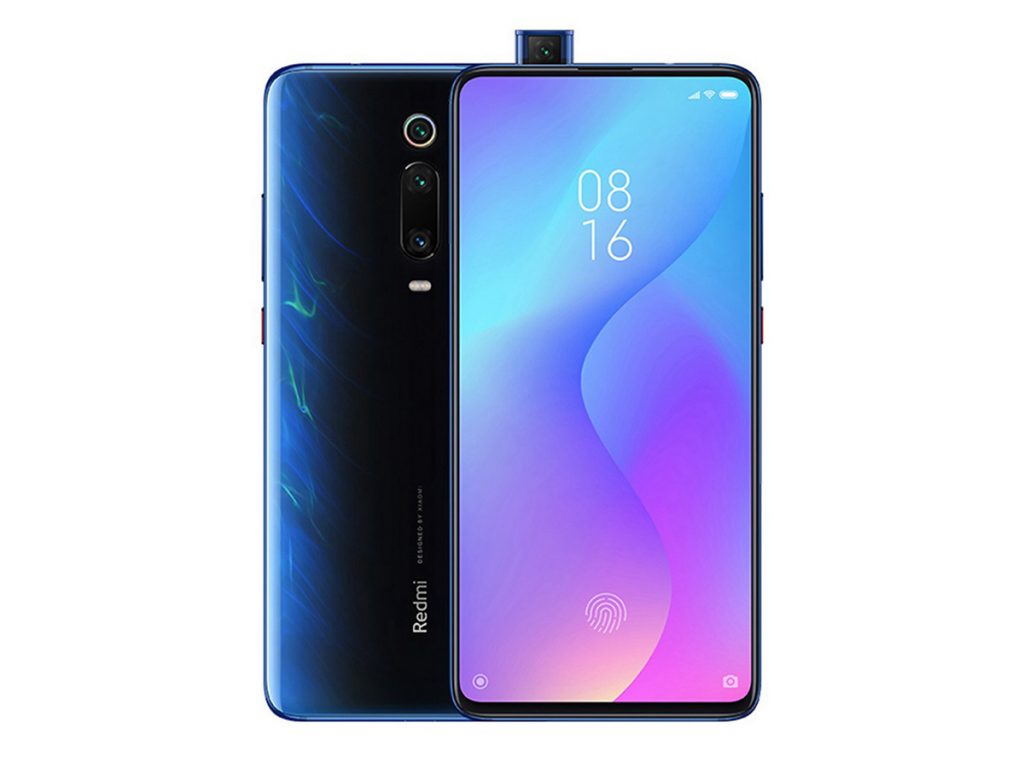








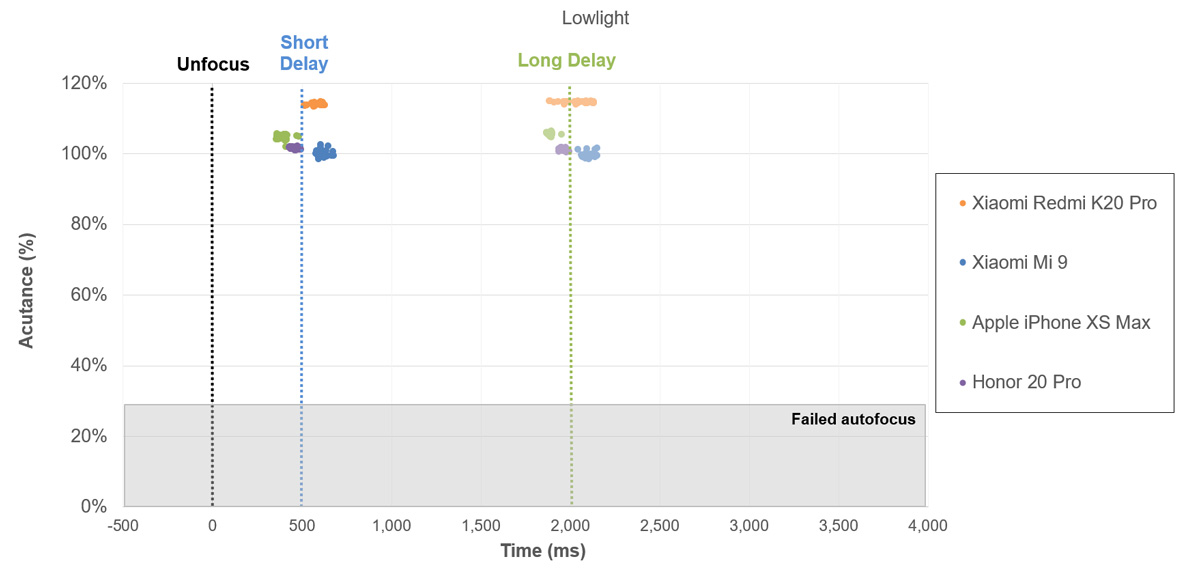














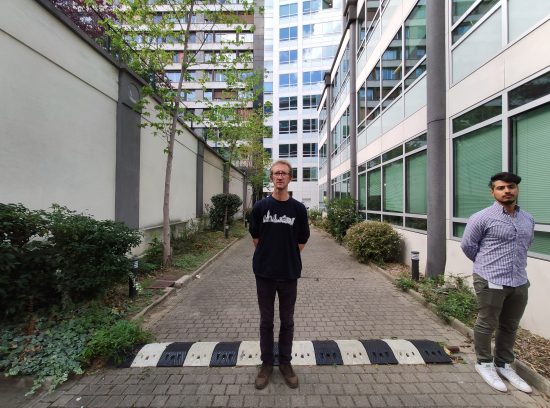





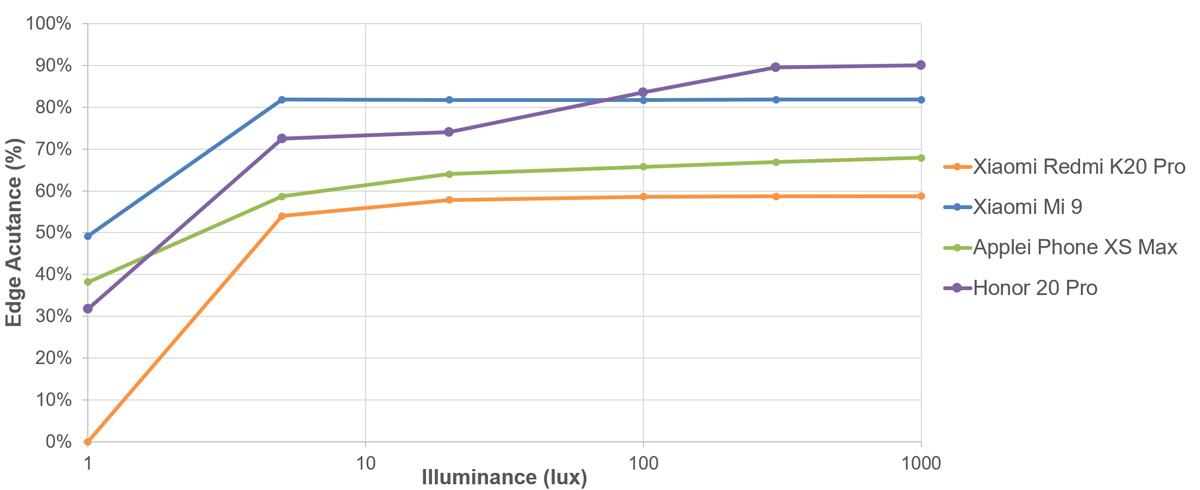
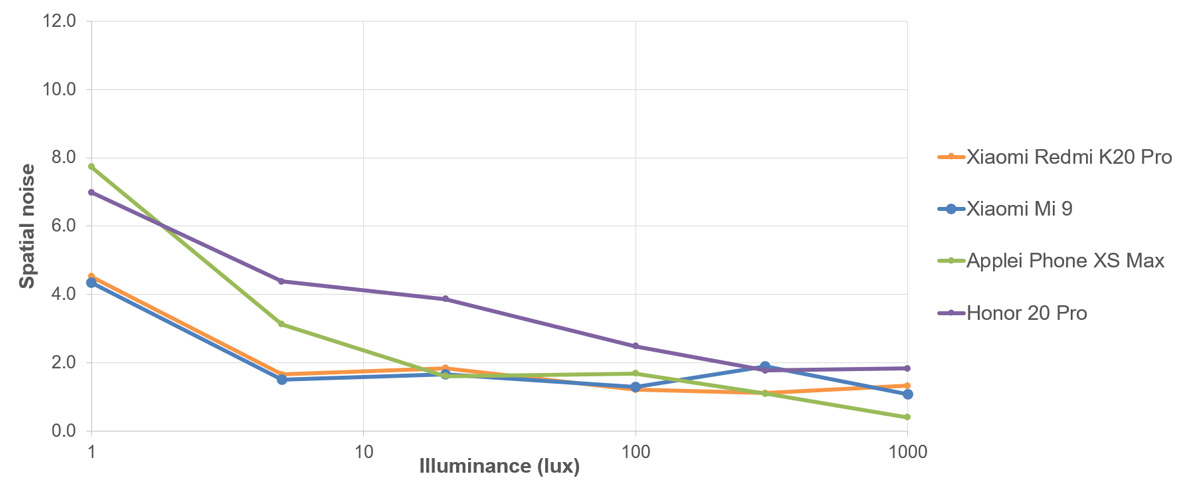
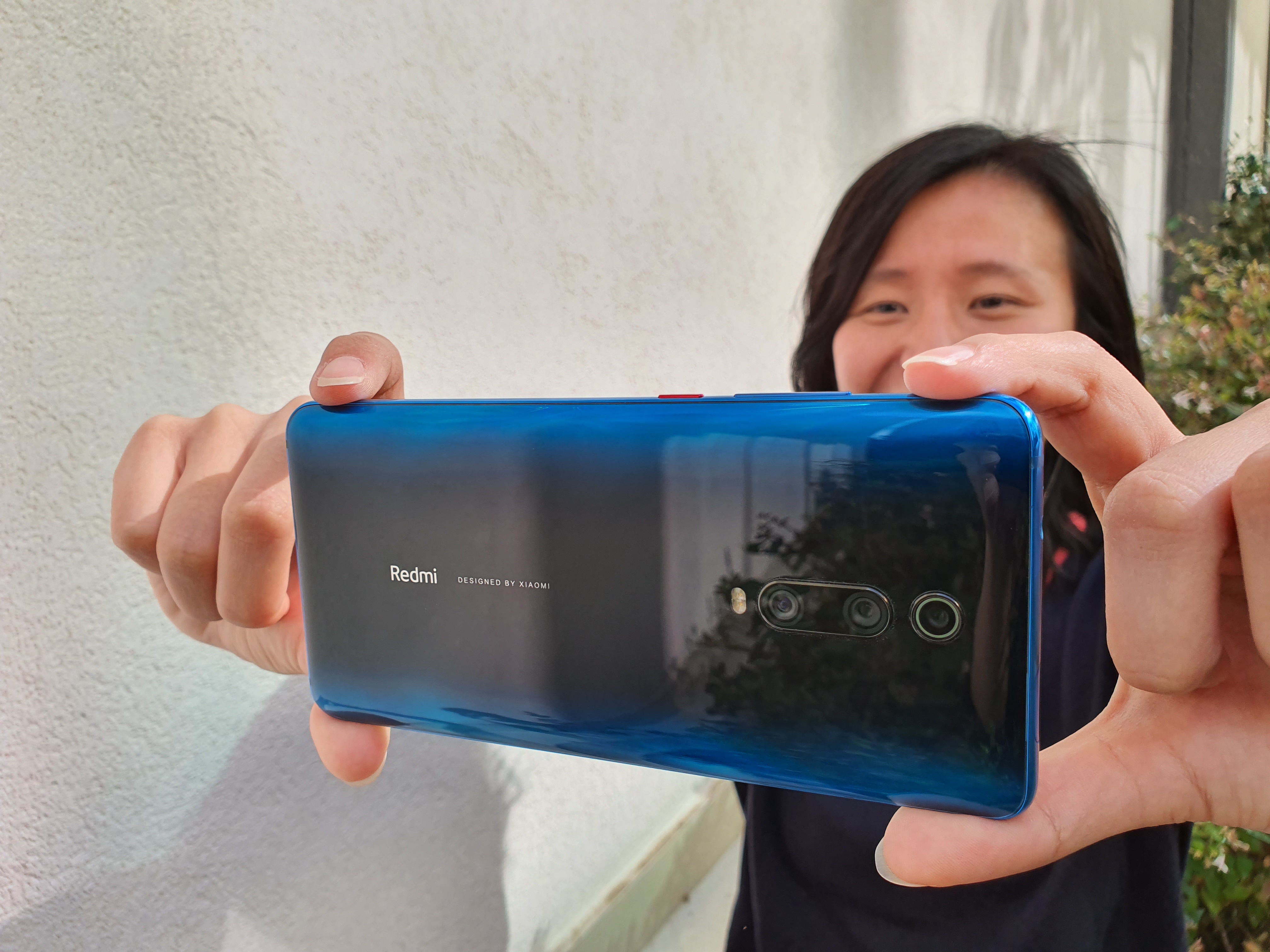


DXOMARK encourages its readers to share comments on the articles. To read or post comments, Disqus cookies are required. Change your Cookies Preferences and read more about our Comment Policy.